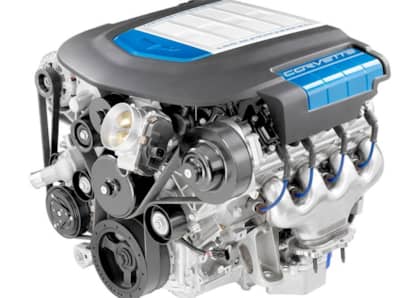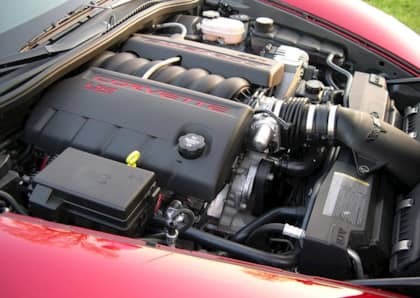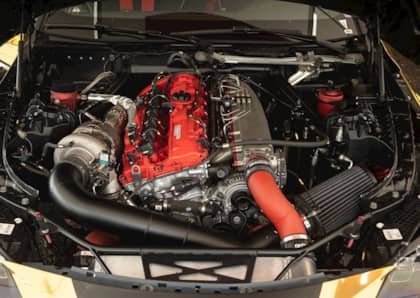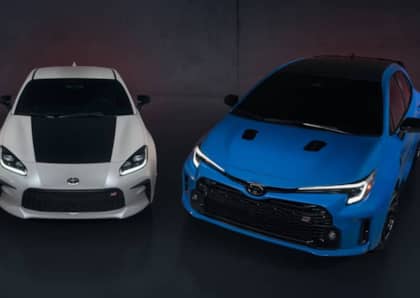Flat Engines vs. V Engines: Why Do Car Companies Choose One Cylinder Layout Over Another?
Car and truck engines come in many different sizes, configurations, and designs, from classsic V8s to modern flat fours to workhorse straight sixes. Despite this variety, there's no question that some engine types are more popular than others, or that specific automakers have a definite design preference that shows up over and over in their vehicles.
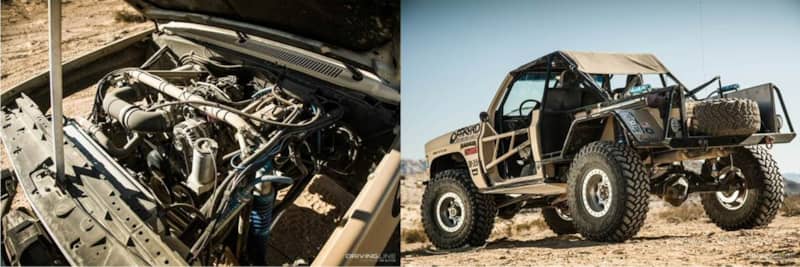
Early engines arranged their cylinders in a straight line, and this type of motor persists today where it is prized for its balance and smooth power delivery. Early on, two variants on the inline setup arrived on the scene. The first is the now-classic V configuration, and the other is the horizontally-opposed or 'flat' layout. While the V has become perhaps the most common for engines with higher cylinder counts (think six and above) the horizontally-opposed design also has a strong number of adherents.
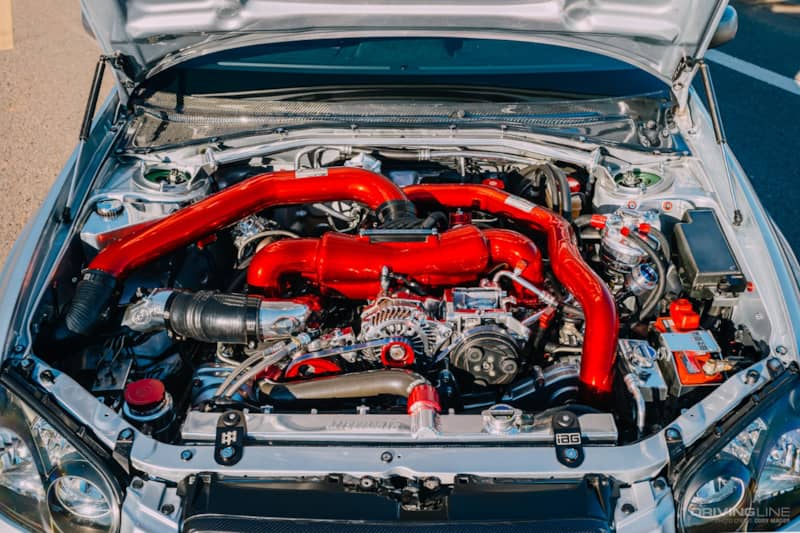
What makes a car company choose one engine design over another? The answer is a mix of experience, vehicle type, performance needs, and cost. In the V versus flat cylinder layout debate, there are definite advantages and disadvantages to each choice.
We Need More Room
As engine builders became more sophisticated, and machining techniques improved, it soon became possible to design motors that didn't rely on keeping cylinders next to each other on a block. The move away from early inline engine designs was particularly motivated by the desire to make motors more compact: straight setups took up a lot of space under the hood because of their sheer length, especially when eight-cylinder power became more and more desirable.

The easiest solution was to split the cylinders into a pair of 'banks,' and then line them up opposite each other so that they could operate a centrally-located crankshaft, rather than have them perched on top of the crank as in an inline design.
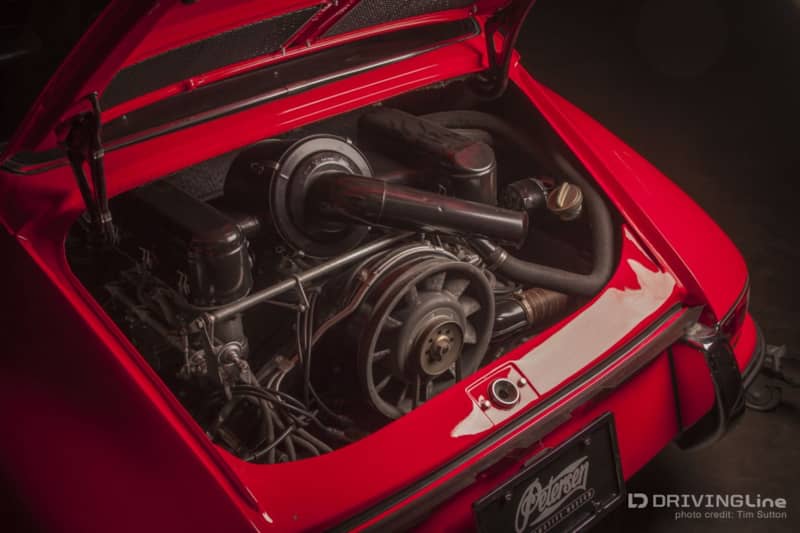
There were two ways to do this. The first was to have the cylinders face each other directly across the crankshaft itself at a 180-degree angle. The first type of 'split' engine design, these horizontally-opposed cylinders were also known as 'flat' because of their wide-and-low form factor.
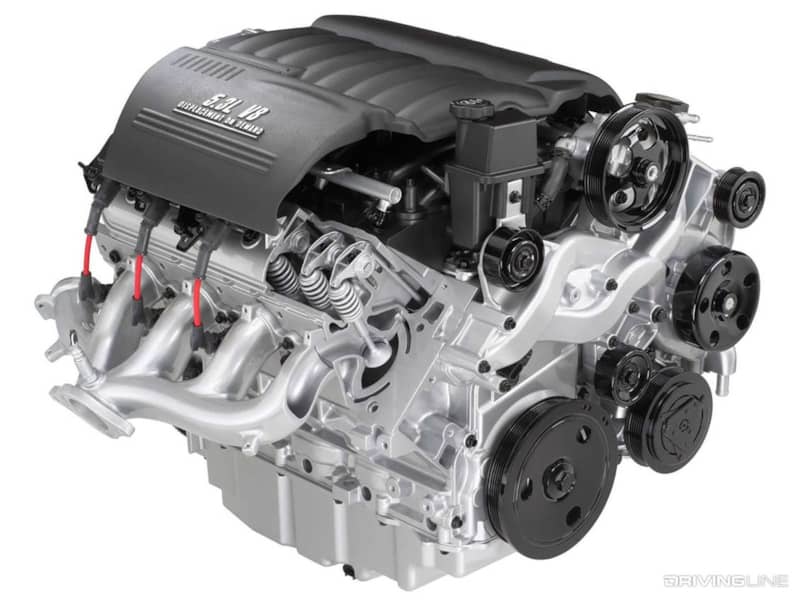
Shortly after flat engines appeared on the scene, a similar-yet-different take on the split cylinder concept began to make inroads. V engines narrowed the angle that divided each cylinder bank, which shortened them as compared to an inline design, but also provided a narrower footprint versus a flat motor.
Why The World Is Flat (For Some Automakers)
What are the advantages of a flat engine design? The two key characteristics of these motors are their balance and their low center of gravity.
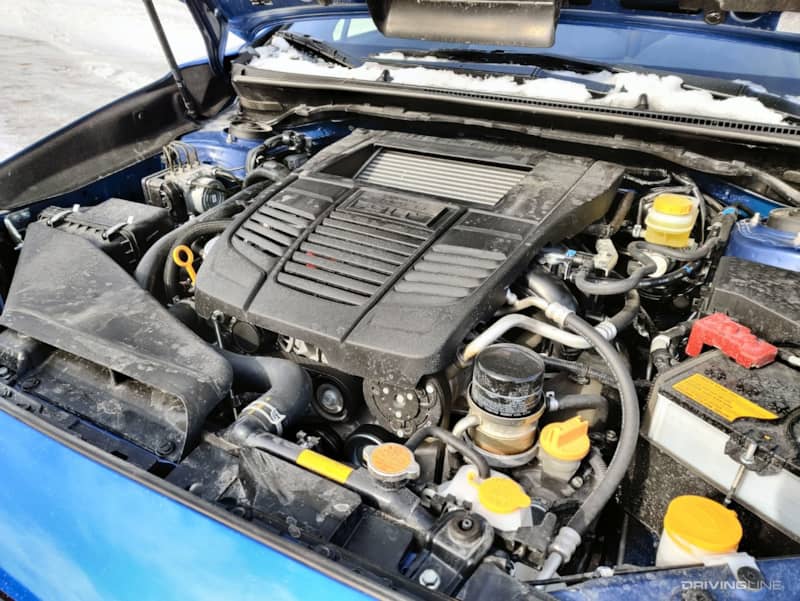
Since each piston is facing another across the block—regardless of whether there are four, six, or even as many as 12 cylinders in play—the engine self-balances, as each rotation of the crankshaft exacts an equal and opposite reaction from either bank of cylinders, and each firing cancels out the other's vibrations.
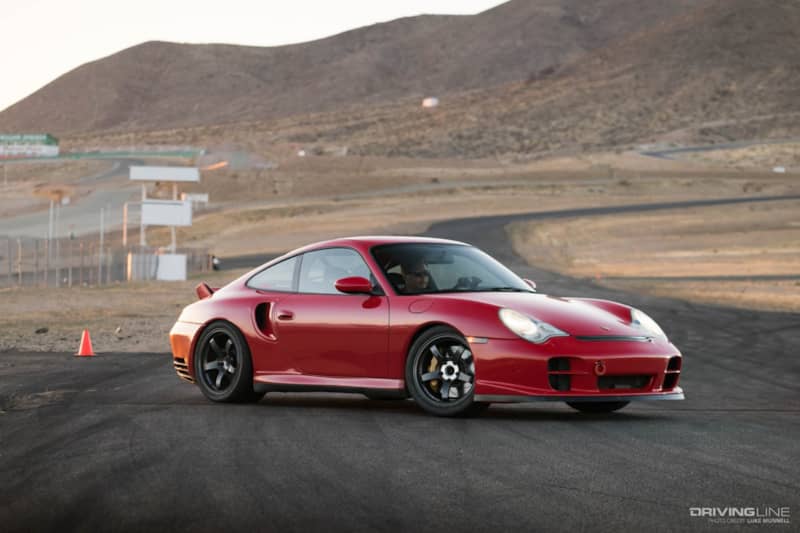
This is how the term 'boxer' came to be associated with horizontally-opposed engines, as the pistons appeared to be throwing synchronized jabs at each other.
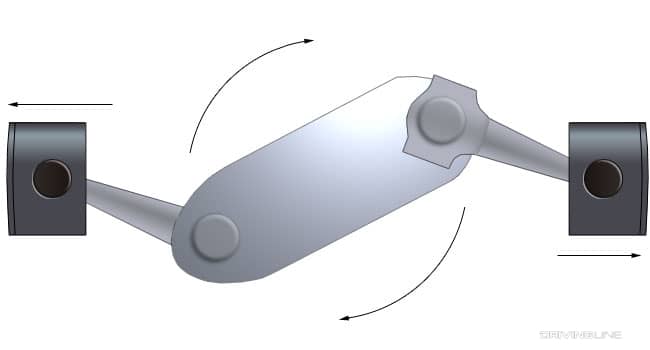
Just as important is the fact that a flat motor pushes its center of mass much closer to the ground than either a tall inline engine or a split V. This has a number of advantages in terms of performance, as it significantly boosts a vehicle's handling when mounted low in the chassis, regardless of whether it is found at the front, middle, or rear of a platform. This last point is particularly important, as vehicles like the Porsche 911 and the Volkswagen Beetle made excellent use of flat engine designs to help mitigate the potentially negative effects of hanging weight outside the wheelbase of the vehicle.
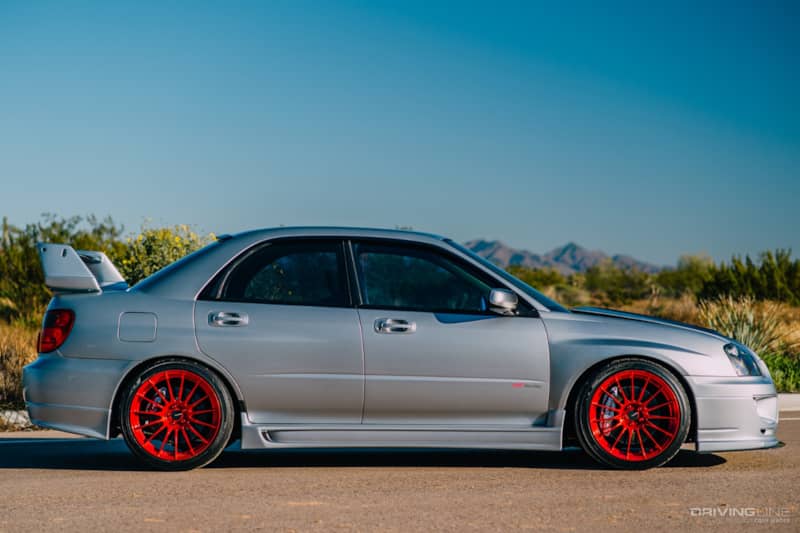
Of course, it's a wide engine that requires a particularly spacious engine bay in order to fit. A similar issue with horizontally-opposed motors is that they can be difficult to maintain due to a lack of space between each cylinder head and the frame or body of the vehicle they are installed in.
V For Victory
The V setup's primary appeal has to do with its compact character. Unlike the long inline or the wide flat, a V engine layout compromises in all dimensions to create as tight a power package as possible for the allowable space. This has made the design incredibly versatile, as it fits inside of vehicles as diverse as pickup trucks, motorcycles, sports cars, and commercial equipment, some of which would never be able to accommodate something as large as a flat 6 or straight 8 design. This is especially true for modern front-wheel drive cars using transverse designs larger than four cylinders.
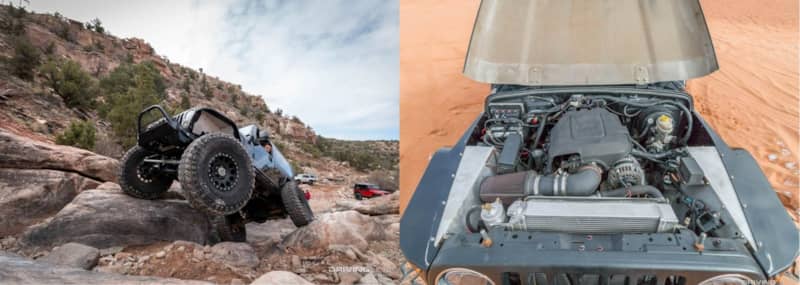
There are a few other advantages that come with a V setup. By virtue of its shorter length the crankshaft is also shorter, which improves both its lifespan and those of its bearings, and allows for lighter internal components to be used (reducing the mass of the motor). Depending on the number of cylinders, a V layout also offers decent balance. Finally, as compared to an inline engine a V design helps lower the center of gravity, although not nearly as dramatically as a flat design (and even some straight-cylinder setups are angled to achieve the same purpose).
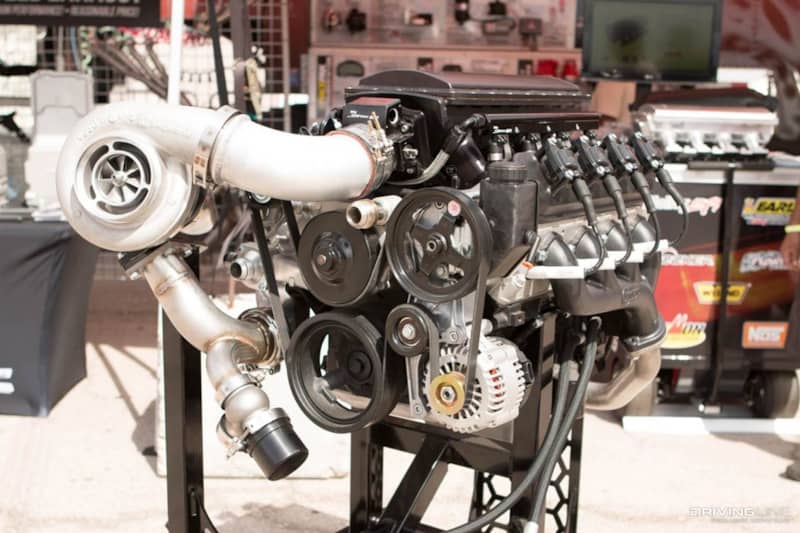
V engine designs are more complex than a corresponding flat or inline motor, and typically feature more components, which can raise maintenance costs. Opposing cylinders in a V engine also share a common crank pin, which makes them more prone to vibration than a horizontally-opposed motor. It's in fact possible to create a 180-degree V motor that appears similar to a flat setup, with the key difference being that cylinders in a boxer never share a crank pin.
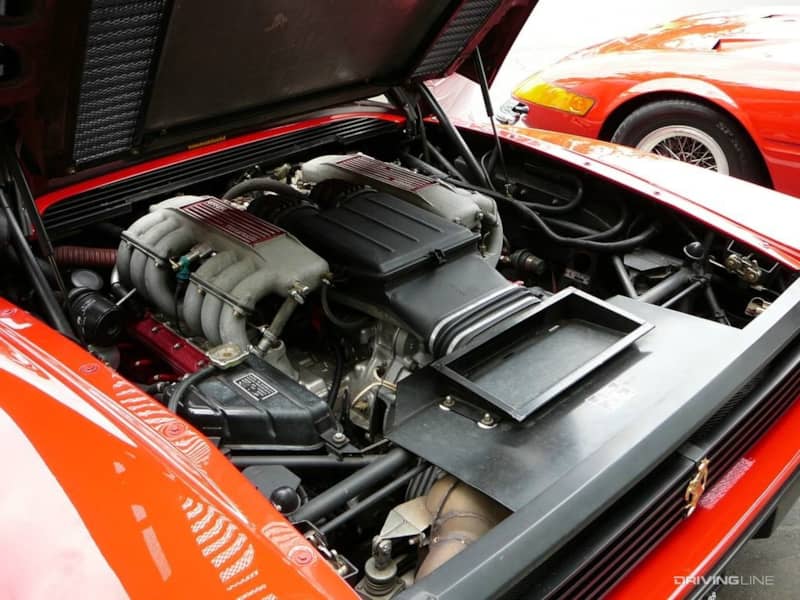
As mentioned above, cylinder count makes a difference: V12 motors offer perfect balance, while V6 engines often present secondary balance issues that manifest as vibrations. The angle of the cylinder banks, the presence of counterweights, and engine firing order can all be deployed to mitigate balance issues.
More From Driving Line
- Some engine designs endure for decades. Check out these 3 unkillable engines that run forever.




